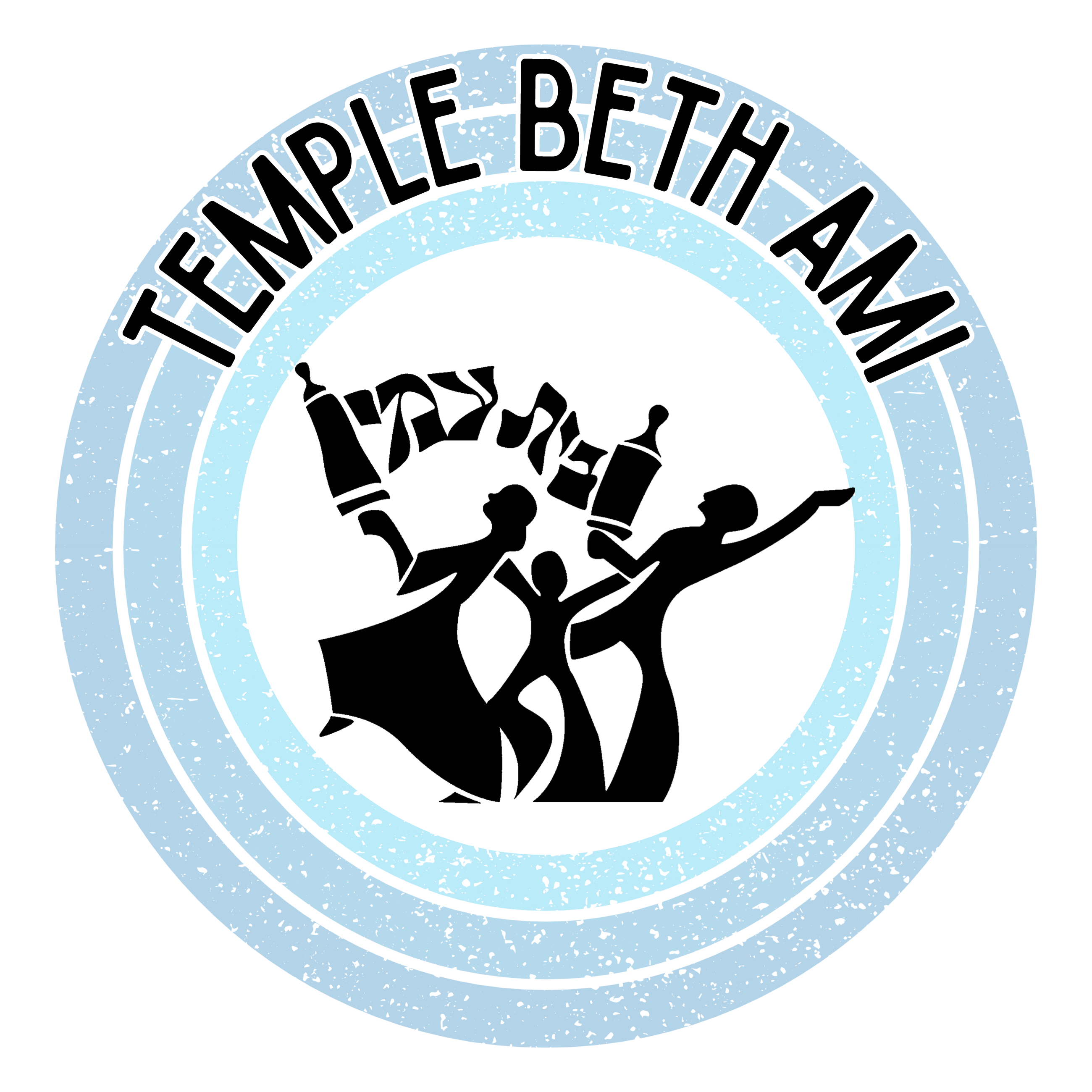Bereshit – 5779
Genesis 1:1 – 6:8
There is more to Torah than meets the eye! By design, the Torah is written in such a way that it cannot be understood by simply reading it as a book. It requires us to look more deeply, to question and challenge both the text and ourselves as we seek its deeper wisdom and meaning. The rabbis teach that every letter of every word has a purpose, that even the tiniest detail can change our understanding of the Divine message.
Take for example the very first word in the Torah, bereshit:
![]()
Usually, we translate this word as “In the beginning,” but the truth is we are not sure of the precise meaning of the word. Our problem is that the very first word in the Torah is a grammatical oddity – which is to say, that from the very beginning the text is challenging our basic assumptions and even the structure of language.
Every word in Hebrew has a basic two or three root structure upon which it is built, and every word that shares a root, shares some sort of connected meaning. For example, in modern Hebrew the words “betach” (definitely), “bitachon” (security) and “bituach” (insurance) all share the three-letter root: bet-taf-chet. They are all related to each other in meaning. The word ‘definitely’ offers a sense of guarantee, which is also the idea behind both security and insurance. In English, there are no root connections between these three words, but this is part of the unique character of the Hebrew language.
The root structure of bereshit, however, is a challenge – and without knowing the root, how can we understand the word? And how can we understand Torah if we can’t even get past the first word? Without getting too far into the intricacies of biblical grammar, most people consider the root to be reish-aleph-shin, which means “head” or “beginning.” The letter bet before the root, in this case would mean “in” – hence, “in the beginning.”
![]()
The problem is the last two letters. They don’t make sense with this structure, yet according to the rabbis – every letter in the Torah has a purpose.
I have a theory, which is to say, a question. What if there is more than one root in bereshit? What if the word is so unique and rich with meaning that it transcends the normal limitations of human language?
To be clear, adding anything else to the mix violates the basic structure of spoken Hebrew, but let’s just take a quick look. The first three letters bereshit are the exact same spelling as the second word in the Torah: barah (bet-reish-aleph). The verb barah means “created” – but that particular verb can only be used when God creates. We use a totally different word for human creation. It is impossible to look at the Torah scroll and not see the repetition:
![]()
So now it seems that the word contains the meaning of both “beginning” and “divine creation.” But, wait there is more. A third complete word is buried within bereshit: eish, which means “fire.”
![]()
Was fire involved with creation? There is no direct mention in Torah, but it makes me wonder about the Big Bang. What if this is an oblique nod to the methods of Divine creativity?
In the end, we are left with more questions than answers, but perhaps that is the point. After all, we are just at the beginning, and there is more to Torah than meets the eye.

